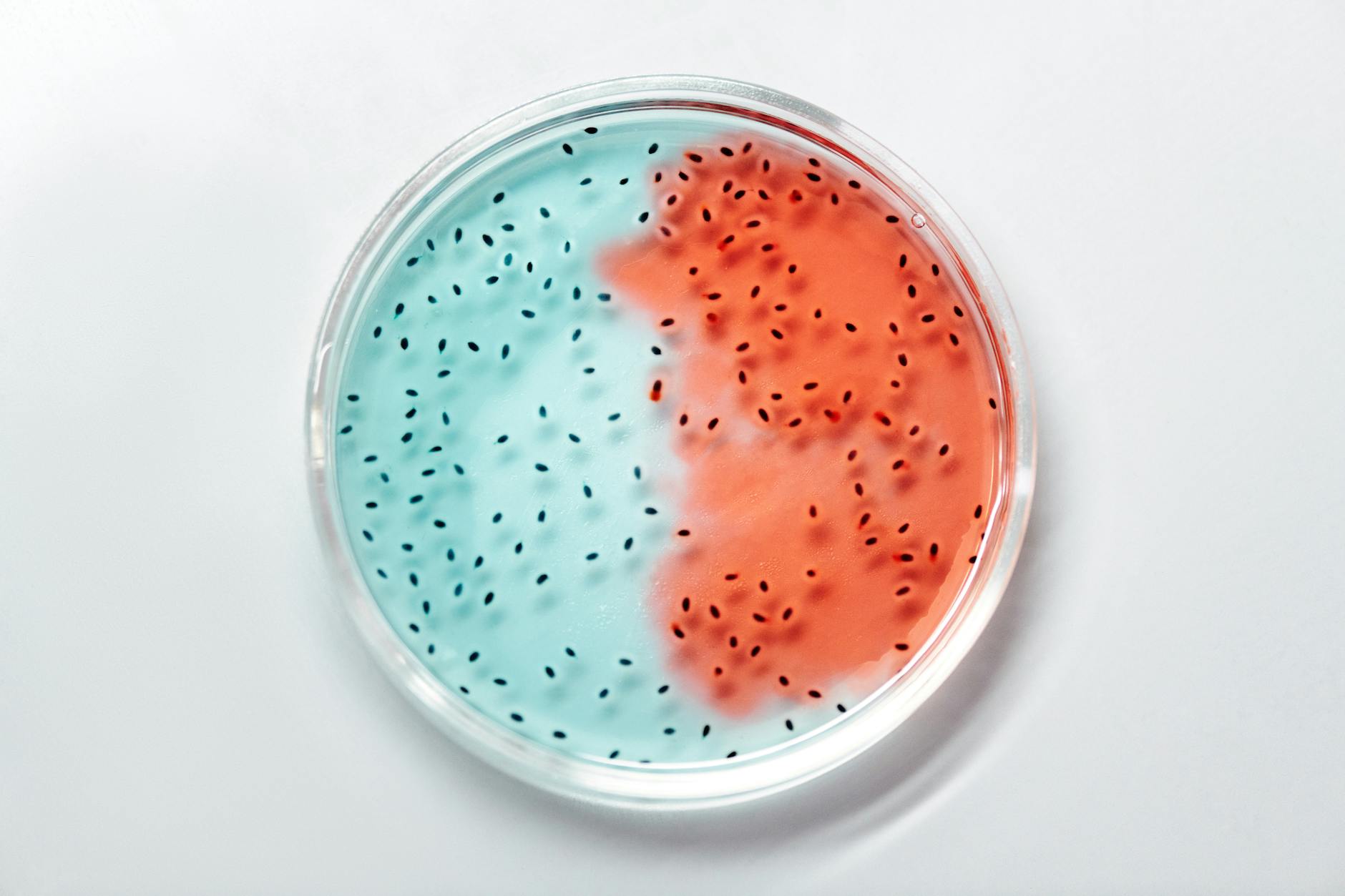Aseptic technique is essential in microbiology because it helps ensure that experiments, cultures, and results remain uncontaminated by microorganisms.
Microbiologist often involves working with pure cultures of specific organisms, any contamination can compromise the experiment, lead to inaccurate results.
Here’s why aseptic technique is important in microbiology.
- Maintaining Pure Cultures
- Accurate Experimental Results
- Preventing Spread of Pathogens
- Protecting Laboratory Equipment and Samples
- Ensuring Reliable Reproducibility
Maintaining Pure Cultures
- Microbiologists often work with specific strains of bacteria, fungi, or viruses to study their characteristics or behavior. Aseptic technique prevents contamination from environmental microorganisms, ensuring that only the desired organism is present.
- Contamination from other microorganisms would produce mixed cultures, making it difficult to isolate or identify specific organisms and leading to misleading or invalid results.
Accurate Experimental Results
- In microbiology, small changes in the sample can have a big impact on outcomes. Contaminants can interact with the intended microorganisms in unpredictable ways, potentially altering the experimental data or making it unusable.
- For example, if a contaminant produces similar metabolic byproducts as the intended organism, it might lead to erroneous conclusions about the properties of the original sample.
Preventing Spread of Pathogens
- Microbiology labs often handle pathogens or potentially harmful organisms. Using aseptic technique prevents these microorganisms from spreading to other lab surfaces, personnel, or samples.
- Proper aseptic technique helps contain potentially harmful agents, reducing the risk of laboratory-acquired infections.
Protecting Laboratory Equipment and Samples
- If laboratory equipment becomes contaminated, it could cause widespread contamination across multiple samples, compromising numerous experiments.
- Preventing contamination through aseptic techniques extends the lifespan of sterile equipment and keeps lab environments safe and clean for ongoing research.
Ensuring Reliable Reproducibility
Scientific research relies on reproducibility—meaning others should be able to replicate findings under the same conditions. Aseptic technique minimizes variables like contamination that could affect reproducibility, ensuring that experiments are more consistent and reliable.
Key Aseptic Techniques Used in Microbiology Labs
- Sterilizing Instruments and Work Surfaces: Using autoclaves, alcohol, or flame sterilization to eliminate microorganisms.
- Using Laminar Flow Hoods: These filter out airborne contaminants and create a sterile space for working with cultures.
- Minimizing Exposure: Only opening petri dishes or containers when necessary, and keeping them covered to avoid airborne contamination.
